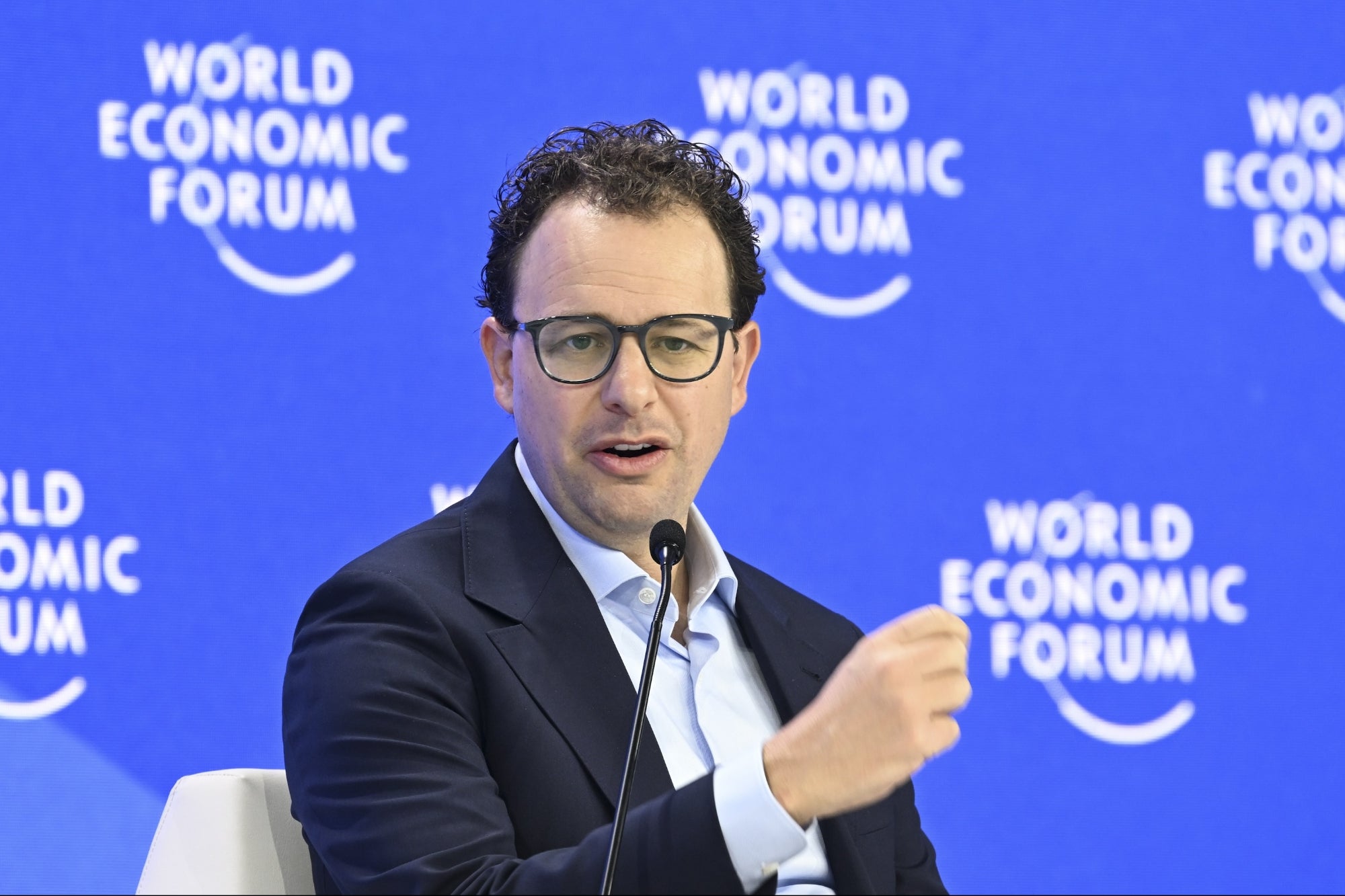Are Digital Retail Models Taking Over Brick and Mortar? Start-up consumer brands are gaining noteworthy market share.
By Rob Caucci Edited by Dan Bova
Opinions expressed by BIZ Experiences contributors are their own.

It's becoming almost commonplace. New consumer brands are announcing $3MM seed financing deals to launch highly consumable consumer packaged goods (CPG) across categories like feminine hygiene products, razors, snacks, beauty products and much more.
The reason? Incumbents tend to be stodgy and slow moving, and they have not kept pace with the technological developments that consumers have embraced. CPG ecommerce sales are predicted to be the most rapidly growing consumer product categories sold online over the next 10 years.
Related: 7 Seed-Stage Funding Sources That Might Finance Your Startup
These market opportunities are exactly what startup consumer brands like Glossier, Lola and NatureBox are going after. And they are gaining traction.
Reluctance of large established brands — and their brick and mortar retailers — to significantly adapt to this digital age is what allows these fledgling brands to quickly command noteworthy market share.
These CPG start-ups capitalize by owning the entire customer experience. It appears these brands know how to give their target audience the shopper-customer experience they prefer. It makes perfect sense.
Emerging direct-to-consumer digital retail models are efficiently disrupting the status quo by consolidating the CPG world (brands and manufacturing) with traditional retail. Owning the end-to-end customer experience enables these early-stage companies to gain serious momentum that threatens incumbents to the extent their legal teams come out.
Related: Here's a Great Way to Wake up Your Stagnating Retail Brand
Forces of vertical integration drive consolidation of CPG and retail.
There are three key points to remember:
1. The overhead costs of brick and mortar retail immediately hand over the advantage to digital retailers driving all or an increasing rate of sales volume digitally.
2. Vertically integrated CPG brands yield a much better margin at the unit economic level when they sell direct-to-consumer. The transaction for the CPG company is incredibly profitable when they're selling at the manufacturer's suggested retail price (MSRP) as opposed to wholesale prices.
3. Perhaps the most critical advantage vertically integrated brands have going for them is owning the customer experience. I don't know about you, but I'm much more loyal to continuing my Apple experience, relative to my loyalty to Best Buy. In this particular example, my relationship and commitment to the retailer is not as trusted within the context of how I prefer to shop for and "consume" consumer electronics.
Related: Modern Brands' Challenges on Their Way to Going Digital
In order for large, established, incumbent retailers to adapt, they need to develop strong digital channels. The time to do this was yesterday. The threat this consolidation presents to the status quo is two fold:
CPG companies need to think more critically, creatively and strategically about how to drive sales volume through digital retail channels while owning more of the shopper experience and the much deeper customer experience.
Retailers need to look in the mirror and ask themselves if they can afford to take the risk of not doubling down on their digital capabilities. Retailers win when they provide customers with their preferred way to buy the products they love.
While CPG retail sales have been slower to gain e-commerce penetration, these relatively low levels are no indicator of future market behavior. Established players would be smart to heed the lessons of other disrupted markets that experienced rapid and devastating changes.









